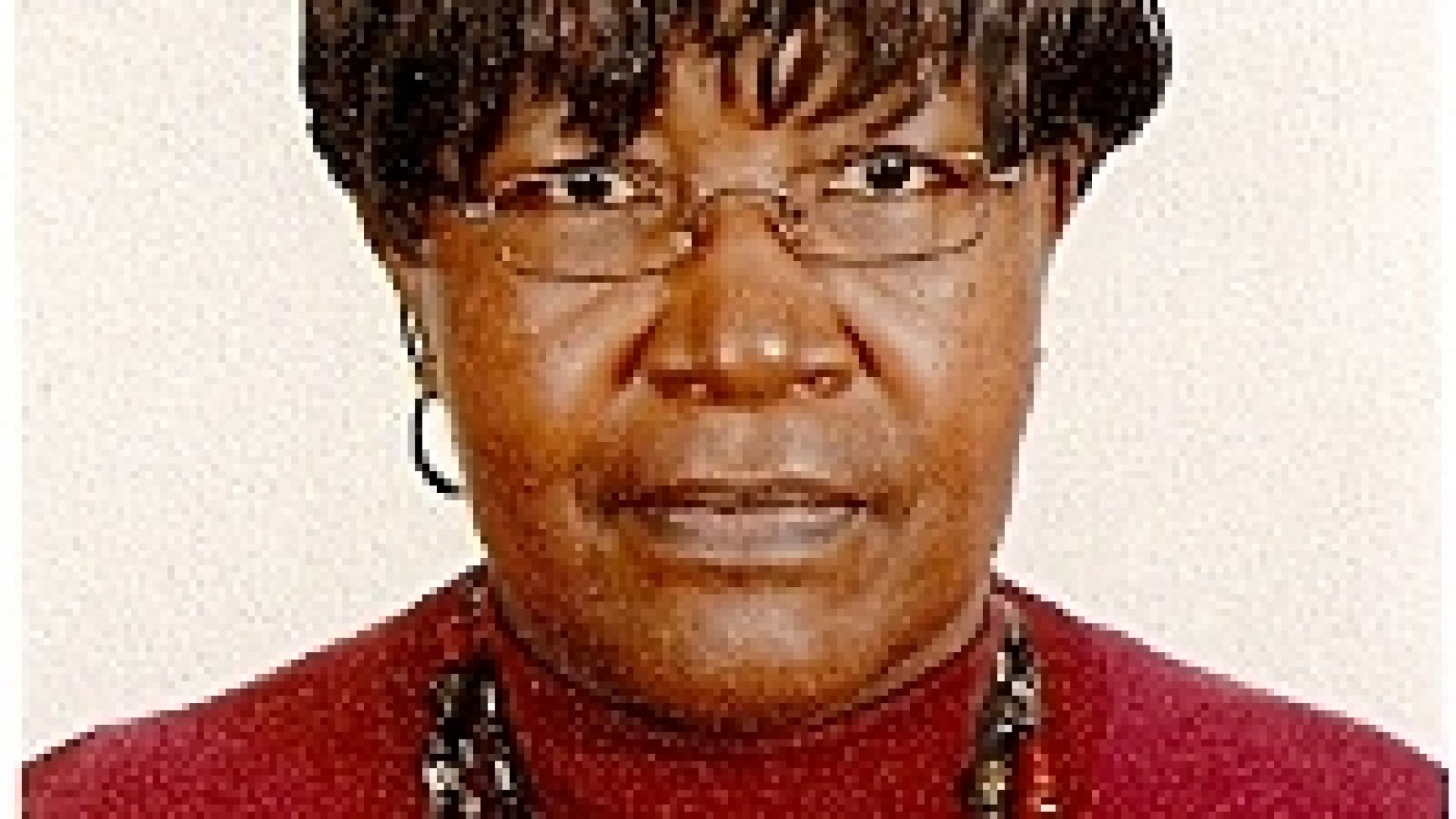
As part of our series to look at the stigma of palliative care in Africa, we interviewed Dr. Brigid Sirengo, the Director of Education (ED) at Nairobi Hospice, retired in January 2017 after serving as the institution’s Chief Executive Officer for 23 years.
GIPPEC: What inspired you to work in palliative care?
Dr. Sirengo: Many years ago I undertook a course in counseling psychology. One of the modules on the course was care for the dying. The course helped me to appreciate more the needs and care of patients with conditions that could not be cured for instance cancer, HIV and AIDS. During those days terminally ill patients suffering from for example cancer and AIDS were relegated to a corner of the ward in hospitals with very minimal attention because health care providers, among many reasons, did know how to care for such patients and to provide support for their families. The situation was a challenge to me too. Therefore armed with the knowledge, skills and a positive attitude gained from the course on care of the dying, I was motivated to care for such groups of patients and to give support to their families. Hence minimize their sufferings. When an opportunity came along for initiating palliative care services in Kenya and a health care professional was required to be employed, I applied for the chance. I was successful in my application and became the first Kenyan profession to be engaged in palliative care. I have never looked back. It is more than 25 years down the line engaging in palliative care service, education and management, now expanding into research, an area that is still underdeveloped.
GIPPEC: Recent research shows that there is a strong stigma/misguided beliefs attached to palliative care, with patients often linking it to death, dependency and hopelessness. As a palliative care specialist, have you witnessed any stigma associated with palliative care in your practice?
Dr. Sirengo: Stigma is still a reality in our set up for many reasons. Palliative care is not yet well understood. There is a tendency/perception to focus too much on dying rather than living when considering palliative care. Many patients with conditions such as cancer seek medical care when the disease is way too advanced to benefit from curative intervention. In such situations palliative care is the only option they have. So they are often sent to the hospice in a state of despair and hopelessness. For instance they are told, “the disease is beyond cure. There isn’t anything more or much that be done. Go to the hospice.” Fortunately, at the hospice they are feel cared for and their spirits are uplifted. We have several patients who had been condemned to die within a few weeks at referral who are still there living good quality lives even after 10years, 15years.
GIPPEC: How do family members and patients respond to palliative care? Do their views tend to be different?
Dr. Sirengo: Yes, patients and families have different views once they come. After they have experienced palliative care they are very positive about it. I think stigma could be propagated by, among many factors, ignorance and too much focus on cure of the situation regardless. Those who understand palliative care value it because they know the positive difference it makes in patients’ and families’ lives.
GIPPEC: What are some of the notable developments recently in integrating palliative care into the public health system?
Dr. Sirengo: There has been systematic development in the integration of palliative care in the public health system mainly through the efforts of the Kenya Hospices and Palliative Care Association working in collaboration with the Ministry of Health. There is a plan to integrate palliative care at all levels of health care. They started at national level, moved to county, sub-county moving on to the grassroots.
GIPPEC: Which factor(s) do you see as the most important for expanding, improving, and integrating palliative care services (for example: advocacy, education and training, policy, public engagement, etc)?
Dr. Sirengo: I think it is difficult to put them in any hierarchy. I think they need to move simultaneously if I can put it that way. Currently, albeit, still on a limited extent, we have education and training, essential medicines, advocacy, the public is demanding more resources for the care of chronic illness especially cancer which is increasingly being addressed, health care including palliative care is a human right. However, we do not yet have an explicit policy on palliative care although it is being developed. Therefore having an explicit policy on palliative care in place will spur the implementation of other factors.